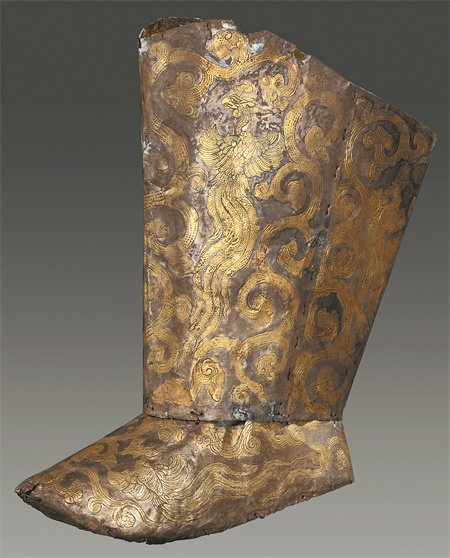

Equally celebrated as a warrior and a peacemaker, Xiao Chuo commanded armies during Liao's prolonged war with its neighbor, the Northern Song Dynasty (960-1127), before allowing a peace treaty to be signed that ushered in approximately a century of relative peace for the two major powers.
Some researchers have suggested that the crucial part played by the noblewomen of Liao, reflective of the larger situation across different social strata, could have stemmed from the traditional role of Khitan women who administered the family encampment during their husbands' long absences.
On the whole, gender division was less closely observed in the Liao society than it was in Northern Song, dominated by the Han Chinese.
However, strong elements of the Han Chinese culture did make their way into the life of Khitans, giving rise to, among other things, a tendency to "link education with(feminine) virtue" to quote Johnson, who studied the epitaphs of Liao women.
On display at the Suzhou Museum exhibition are a beautifully carved jade water container and a jade inkstone, items typically belonging to the study of a Han Chinese scholar. Both were from the burial chamber of the princess and her husband.
In 1974, a Liao Dynasty tomb was discovered in the town of Yemaotai in Northeast China's Liaoning province. The deceased — an elderly woman — was dressed in Khitan style with gold embroidered boots on her feet and horse equipment stored in one of the side chambers. However, the two exceptionally well-preserved hanging scroll paintings — the only two of its kind ever unearthed from a Liao burial ground — speaks for the tomb owner's love of classical Chinese culture.
In fact, some would argue that the pastoral and the scholarly had always been the two sides of a Liao woman, pointing to the fact that Empress Shulyu Ping was also credited with inventing a written form of the Khitan language.